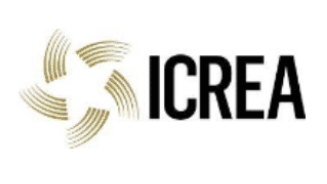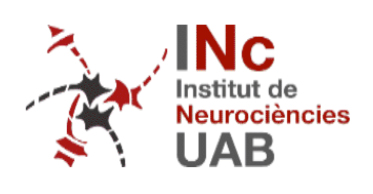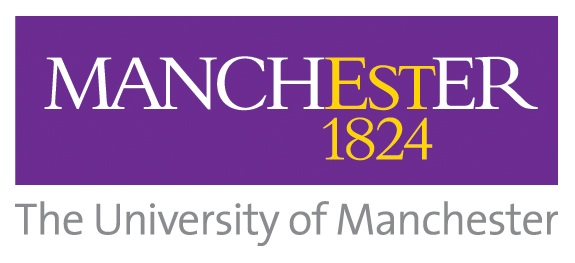Boosting 2D materials with molecules: from high-performance multiresponsive electronics to pressure sensing for health monitoring
Speaker: Prof. Paolo Samorì, Director of the Institut de Science et d’Ingénierie Supramoléculaires (ISIS), Université de Strasbourg, CNRS, Strasbourg, France
Abstract: Two-dimensional materials display outstanding physical and chemical properties which can be further enhanced and enriched through the controlled functionalization with molecules and assemblies thereof yielding hybrid systems with programmed characteristics for applications in (opto)electronics, sensing and energy. Molecules can be designed and synthesized to controllably physisorb or chemisorb onto 2D materials. [1]
In my lecture I will review our recent findings on the functionalization of 2D materials to engineer hybrid systems via:
– physisorption of molecular switches onto the two surfaces of scotch tape and CVD 2D semiconductors, by mastering a Janus approach, to impart additional properties to WSe2, rendering the 2D material-based transistors capable to respond to four different independent stimuli.[2]
– chemisorption of dithiolated molecules onto solution-processed semiconducting TMDs to simultaneously heal sulfur vacancies in metal disulfides and covalently bridge adjacent flakes, thereby promoting percolation pathways for charge transport, leading to a 10-fold increase in field-effect mobility, ION/IOFF ratio, and switching times of liquid-gated transistors.[3]
– the controlled formation of multilayer structures of reduced graphene oxide and flexible molecular spacers made it possible to fabricate highly sensitive pressure and strain sensors for health monitoring [4].
Our modular strategies relying on the combination of 2D material with molecules offer a simple route to generate multifunctional coat-ings, foams and nanocomposites with pre-programmed properties to address key global challenges in electronics, sensing and energy applications.
References [1] (i) M. Gobbi, E. Orgiu, P. Samorì, Adv. Mater. 2018, 30, 1706103. (ii) S. Bertolazzi, M. Gobbi, Y. Zhao, C. Backes, P. Samorì, Chem. Soc. Rev. 2018 47, 6845. [2] (i) M. Gobbi, et al. Nat. Commun. 2018, 9, 2661. (ii) H. Qiu, et al., Adv. Mater. 2020, 32, 1907903. (iii) Y. Zhao, S. Bertolazzi, M. S. Ma-glione, C. Rovira, M. Mas-Torrent, P. Samorì, Adv. Mater. 2020, 32, 2000740. (iv) H. Qiu, S. Ippolito, A. Galanti, Z. Liu, P. Samorì, ACS Nano 2021, 15, 10668; (v) H. Qiu, M. Herder, S. Hecht, P. Samorì, Adv. Funct. Mater., 2021 in press (DOI: 10.1002/adfm.202102721) [3] S. Ippolito, et al, Nat. Nanotech. 2021, 16, 592. [4] C.-B. Huang, et al, Adv. Mater. 2019, 31, 1804600.







